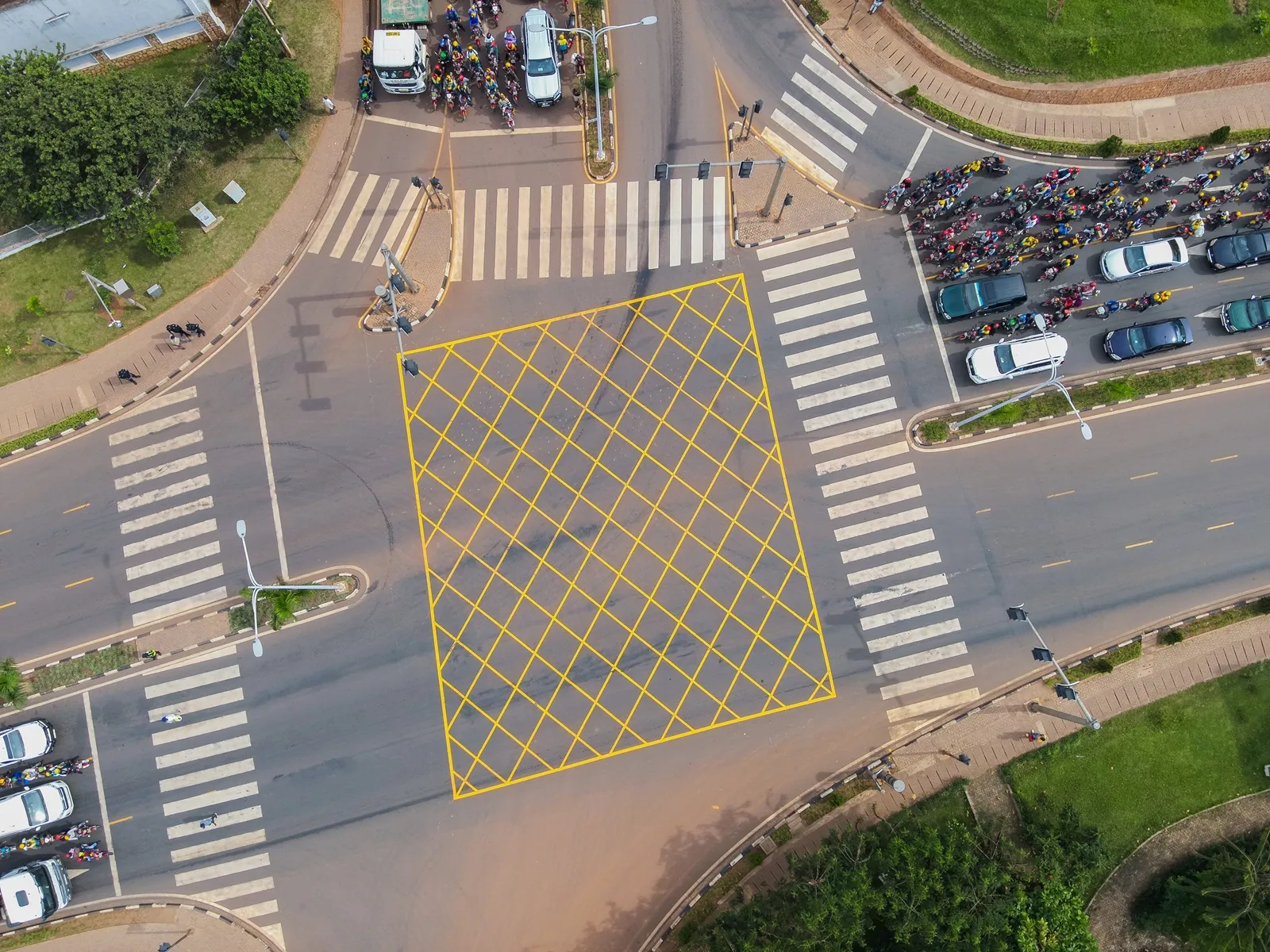The Group brands will bring a total of over 80 new electrified models to customers by 2025, including some 50 purely battery-powered vehicles and 30 plug-in hybrids. This figure will then increase over subsequent years until there is at least one electrified version for each of the Group's 300 or so models across all vehicle classes worldwide by 2030.
Volkswagen is addressing the issue of battery technology with a multi-stage medium- to long-term strategy, starting with bundling Group-wide development, procurement and quality assurance activities for all battery cells and modules in a Centre of Excellence in Salzgitter. The Volkswagen brand is also setting up its first pilot line there to accumulate production know-how.
By 2025, the Group will estimates it will need over 150 gigawatt hours of li-ion battery capacity annually for its own fleet alone.
To meet this requirement, a tender process has been initiated with regard to long-term strategic partnerships for China, Europe and North America, with a total order volume of over US$60 billion (€50 billion) for the Group's future volume vehicles based on the Modular Electrification Toolkit.
That will meet the Group's needs for the first wave of e-mobility. Looking further ahead, Volkswagen is already gearing up for the next generation: solid-state batteries. The Group also plans to bring this forward-looking technology to market maturity together with partners.
Volkswagen Group announces electrification initiative with ‘Roadmap E’
The Volkswagen Group is using the 2017 IAA international motor show in Frankfurt, Germany to launch its comprehensive electrification initiative, ‘Roadmap E’ and aims to have electrified its entire model portfolio by 2030 at the latest.
The Group brands will bring a total of over 80 new electrified models to customers by 2025, including some 50 purely battery-powered vehicles and 30 plug-in hybrids. This figure will then increase over subsequent years until there is at least one electrified version for e
September 12, 2017
Read time: 2 mins
The 994 Volkswagen Group is using the 2017 IAA international motor show in Frankfurt, Germany to launch its comprehensive electrification initiative, ‘Roadmap E’ and aims to have electrified its entire model portfolio by 2030 at the latest.









